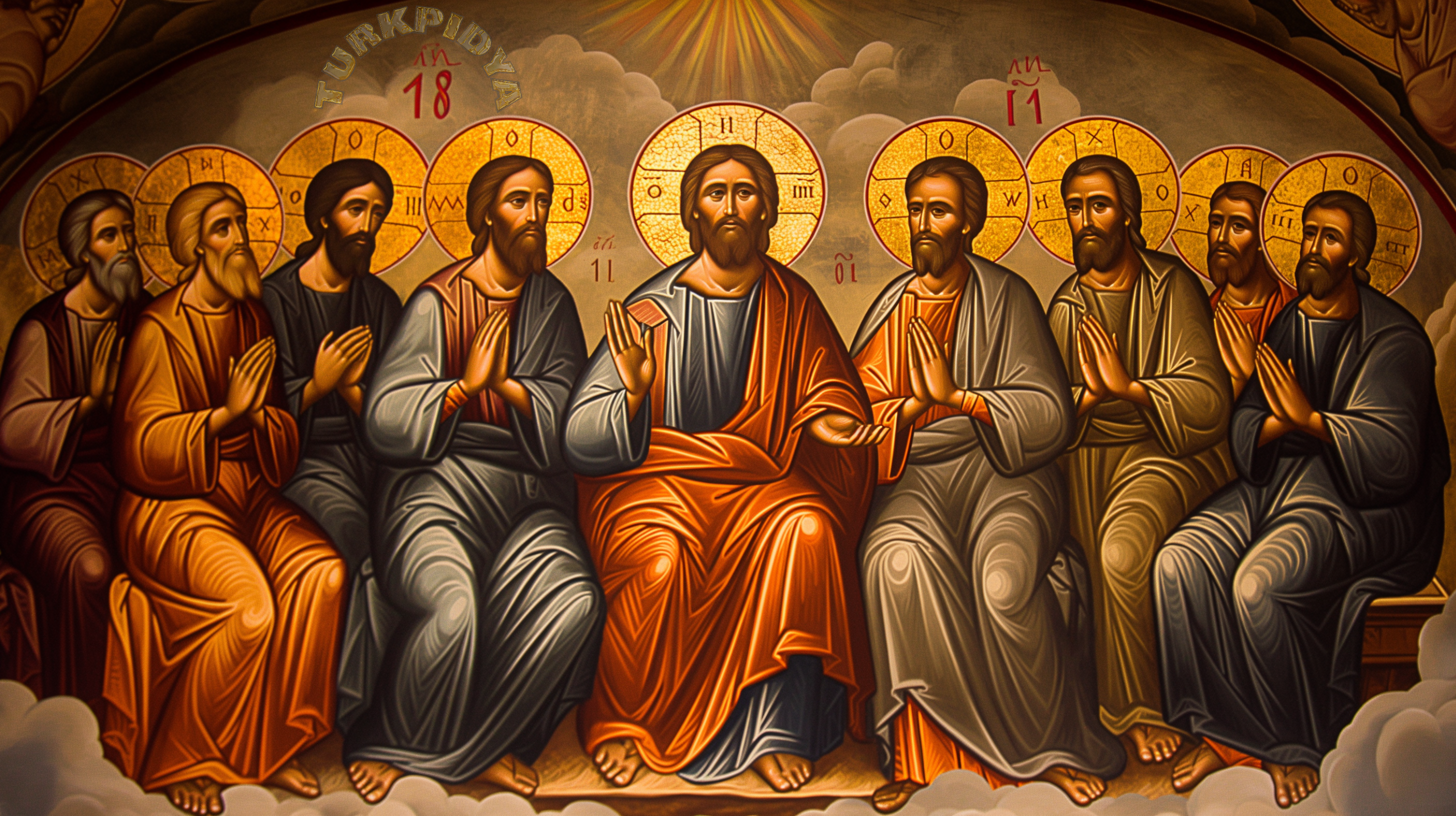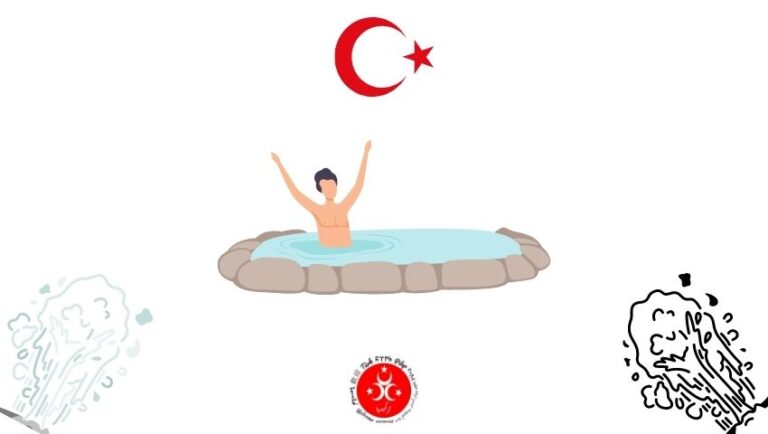10 Biblical Sites in Turkey: The 2026 Apostle Route Guide
Table of Contents
Most people treat the Bible as a purely theological text, but if you look closely, it reads like a travel itinerary for modern day Turkey. It is a common misconception that Christian history is confined to the borders of Palestine. The reality? The theological engine of the New Testamentwhere the faith was lived, argued, and spreadwas revved up right here in Anatolia. From the Seven Churches of Revelation to the birthplace of Paul, Turkey is the often overlooked stage for the early church’s greatest dramas.
But let’s be honest: a pilgrimage in 2026 requires more than just a Bible in your backpack. The logistics of Turkish tourism have shifted drastically. As of late 2025, international visitors face new entrance fees pegged to the Euro, and winter opening hours can catch the unprepared off guard. We have curated the latest data, pricing, and practitioner tips to ensure you spend your time walking in the footsteps of the Apostles, not arguing with a ticket officer.
Before you pack your bags and download your maps (don’t forget to sort out your Vodafone Turkey prepaid SIM to avoid roaming shock), here is the reality of the route today.

The Top 10: Where Biblical History Meets Modern Travel
Here is a quick snapshot of the sites before we dive into the details.
| BIBLICAL SITE | MODERN LOCATION | PROVINCE |
|---|---|---|
| Ephesus | Selçuk | Izmir |
| Antioch on the Orontes | Antakya | Hatay |
| Tarsus | Tarsus | Mersin |
| Hierapolis | Pamukkale | Denizli |
| Laodicea | Near Denizli | Denizli |
| Mount Ararat | Doğubayazıt | Ağrı |
| Pergamon | Bergama | Izmir |
| Smyrna | Izmir | Izmir |
| Philadelphia | Alaşehir | Manisa |
| Sardis | Sart (near Salihli) | Manisa |
1. Ephesus: The Metropolis of Faith

Ephesus isn’t just a ruin; it is a time capsule. Paul lived here for over two years, John is believed to have written his Gospel here, and Mary likely spent her final days nearby. It remains the best preserved classical city in the Eastern Mediterranean.
- Biblical Context: Recipient of the Letter to the Ephesians and one of the Seven Churches of Revelation. (Acts 19:1, Revelation 2:1-7)
- The Insider View: The site is massive. Many tourists skip the Yamaç Evler (Terrace Houses) because they require a separate ticket. Don’t make that mistake. This is where you see the “high definition” version of daily life, complete with preserved frescoes on the walls of the Roman elite.
- Practical Intel (Dec. 2025):
- Entrance: €40 for foreign visitors. (Free for Turkish citizens with Müzekart).
- Hidden Costs: Terrace Houses are an extra €15; the Ephesus Experience Museum is another €15.
- Winter Hours: 08:30-17:30 (Last entry at 17:00).
Pro Tip: You will be walking kilometers on uneven ancient marble. This is not the place for fashion sandals. If you need sturdy footwear, check our guide on Buying Ecco Shoes in Turkey to save your feet (and your wallet) before you arrive.
2. Antioch (Antakya): Where the Name “Christian” Was Born
Antakya still bears the scars of recent earthquakes, but the spirit of this city is unbreakable. This is the very ground where the followers of Jesus were first called “Christians” (Acts 11:26). It is a place of deep emotion, not just for its biblical weight, but for the modern resilience of its people.
- Must See: The Church of Saint Peter (Aziz Petrus). Carved directly into the mountainside, this cave church is widely considered one of the world’s first cathedrals.
- Practical Intel (Dec. 2025):
- Status: The church is open as a museum and welcoming visitors.
- Entrance: €8 for foreign tourists.
- Opening Hours: 08:30-17:00.
3. Tarsus: The Hometown of Paul
“I am a Jew, from Tarsus in Cilicia, a citizen of no mean city.” That was Paul’s introduction. Today, Tarsus is a bustling modern city where history lies beneath the asphalt. The pilgrimage focus here is St. Paul’s Well, located in the courtyard of what is believed to be the Apostle’s family home. Local tradition holds that the water has healing properties.
- The Experience: It is less monumental than Ephesus but far more intimate. You aren’t looking at a city; you are standing in a home.
- Practical Intel (Dec. 2025):
- Entrance: St. Paul’s Well and St. Paul’s Church cost €3 each for foreigners.
- Winter Hours: 08:15-17:00.
4. Hierapolis & Pamukkale: Healing for Body and Soul

Mentioned in Colossians (4:13), Hierapolis was the ancient world’s wellness center. While the white travertine terraces of Pamukkale are world famous, the biblical significance lies in the ruins above themspecifically the tomb of the Apostle Philip.
- Curator’s Choice: Most tourists come for the Instagram photo on the white cliffs. Ignore the crowds and hike up the hill to the Martyrium of St. Philip. The silence and the view over the Lycus Valley are worth the climb.
- Practical Intel (Dec. 2025):
- Entrance: €30 for the Combo Ticket (Ancient City + Travertines).
- Cleopatra Pool: Swimming in the antique pool among fallen columns costs extra (approx. 150 TL+).
- Night Museology: The popular night visits pause during winter; regular hours are 08:00-18:00.
5. Laodicea: The Lukewarm Church
For decades, Laodicea was little more than a pile of rubble. Today, it is one of the most active excavation sites in Turkey. Biblically infamous for the harsh rebuke in Revelation (“Because you are lukewarm.”), the city has risen from the dust to become an archaeological highlight.
2025 Status Update: Under the direction of Prof. Dr. Celal Şimşek, incredible restoration work has been completed. You can now walk down column lined streets that were buried underground just ten years ago.
- Visiting Hours: 08:00-17:30 (Winter).
- Why Go? It is only 15 minutes from Pamukkale but receives a fraction of the visitors. If you want history without the selfie sticks, this is it.
6. Mount Ararat: Searching for the Ark
Legend places the landing of Noah’s Ark here. But be warned: Ararat is not a casual hike. It is a serious 5,137-meter peak in Eastern Turkey. This isn’t for the average tourist; it’s for the dedicated adventurer.
The Reality for Winter 2025/2026:
- Permits: You cannot just show up. Climbing is only allowed with a government permit and a licensed guide.
- Cost: For a guided expedition, budget upwards of 12,000-15,000 TL depending on the package and gear requirements.
- Safety: In winter, this is a technical climb. Do not underestimate the weather conditions.
7. Pergamon (Bergama): The Throne of Satan
Revelation 2:13 refers to Pergamon as the place “where Satan’s throne is”—likely a reference to the massive Altar of Zeus (now in Berlin) or the intense Imperial Cult practiced here.
Standing on the Acropolis today, looking over the valley, you can physically feel the power this city once projected. The site is split into two main areas:
- Acropolis: The upper city featuring the steepest theater in the ancient world. Entrance: €15.
- Asklepion: The ancient medical center in the valley below. Entrance: €13.
- Tip: Take the cable car to the Acropolis to save your legs for exploring the ruins at the top.
8. Smyrna (Izmir): Suffering and Faithfulness
Smyrna (modern day Izmir) was one of the few churches in Revelation that received no rebuke. Today, the Ancient Agora stands as an oasis of silence in the middle of Turkey’s third largest metropolis.
The Agora is still an active excavation site, offering a rare glimpse into the continuity of life in this region. It sits in the Konak district, just a short walk from the famous Kemeraltı Bazaar.
- Entrance: €6 for international visitors.
- Opening Hours: Daily 08:30-17:30 (Winter).
9. Philadelphia (Alaşehir): The Open Door
Of all the seven churches, Philadelphia has the least remaining physical evidence, but the symbolism remains strong. The massive pillars of the St. Jean Church still stand, a testament to the Byzantine era, towering over the modern town.
- The Appeal: Currently, this is one of the few biblical sites that is often free to access, as it functions as an open air museum within the city.
- Is it worth it? Only as a quick stop (approx. 30 minutes) on the road between Hierapolis and Sardis.
10. Sardis: Gold and Spiritual Death
“You have a name that you are alive, but you are dead.” A harsh verdict for Sardis. Historically, this city was obscenely wealthyit was here that the first metal coins were minted. The ruins are spectacular, particularly the two story Gymnasium and the massive Synagogue.
- Highlight: The Synagogue of Sardis is one of the largest and oldest ancient synagogues found outside of Palestineconcrete proof of the strong Jewish community where Paul would have preached.
- Entrance: A very reasonable €3 for foreign guests.
- Visiting Time: Open until 17:00 in winter.
Verdict: More Than Just Old Stones
Visiting these sites is more than sightseeing; it is about context. When you sit in the theater at Ephesus or walk the colonnaded street of Laodicea, biblical verses transform from flat text into three dimensional reality.
One final practitioner tip: Before you finalize your itinerary, check the dates for Eid al Fitr in Turkey. Religious holidays can affect traffic and opening hours, and you don’t want to be stuck in a jam when you should be exploring the ruins. And if you plan on driving the route yourself (highly recommended for freedom), make sure you understand the basics of Car Insurance in Turkey to stay covered on the road.







